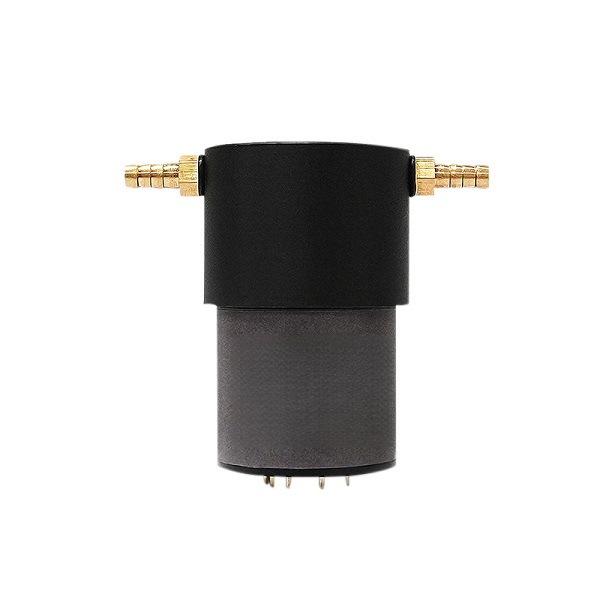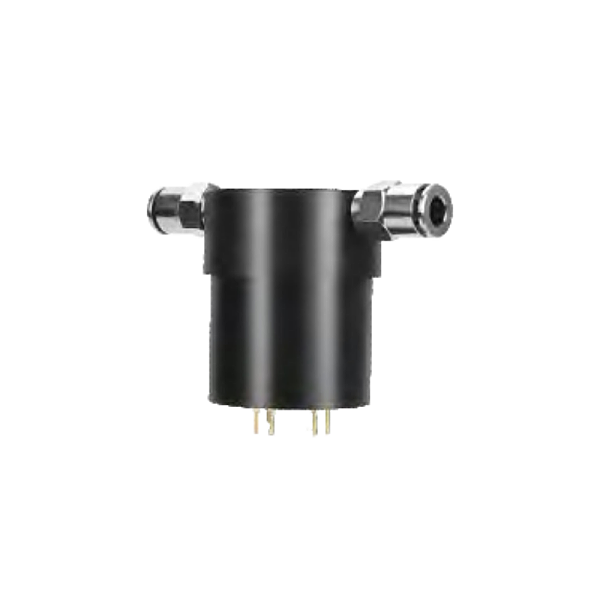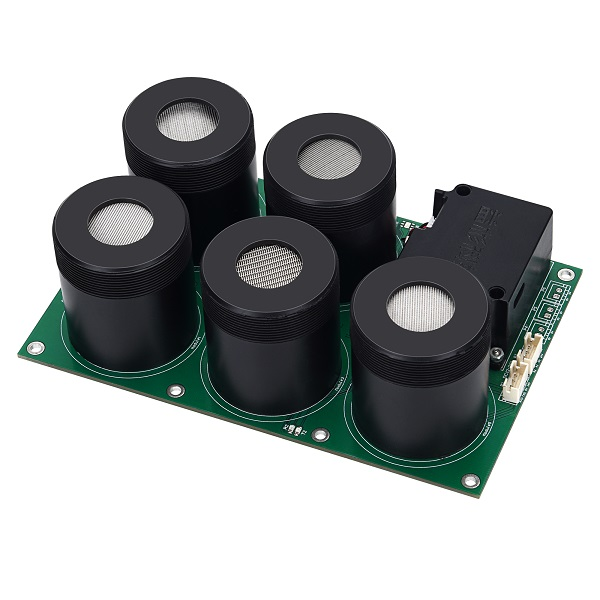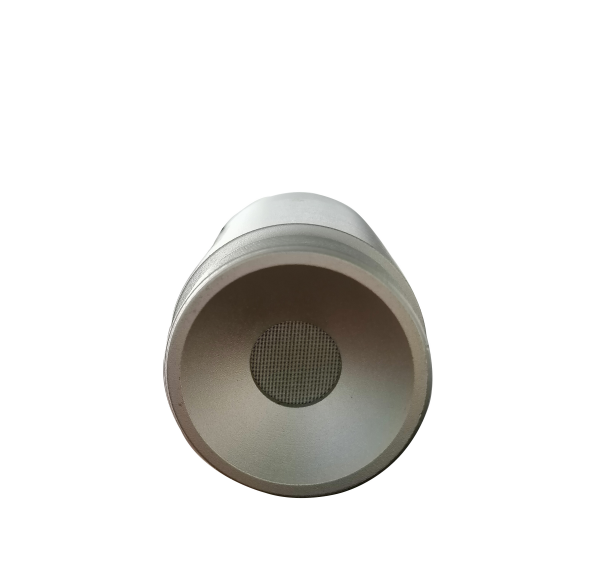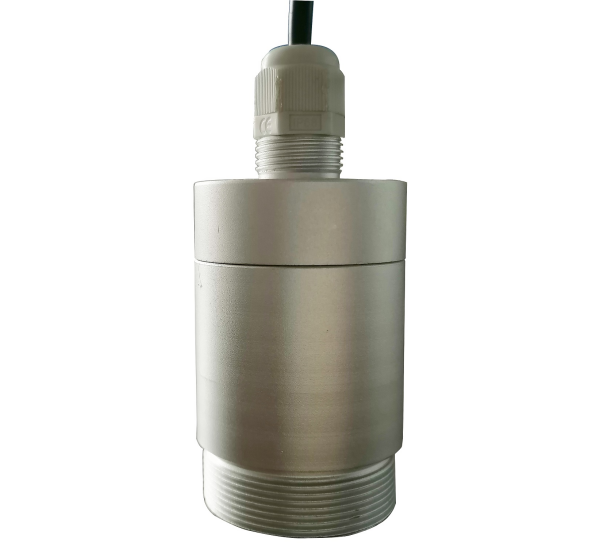800 series gas sensor module is suitable for real-time and accurate detection of gas concentration and leakage in various environments. It adopts electrochemical sensor and microcontroller technology. It has fast response speed, high measurement accuracy, good stability and repeatability.
Compatible with various control alarms, supports the integration of multiple sensor modules into one module to form an integrated all-in-one gas detection system.
Features
Specifications
| Working voltage | DC24V±10% | Baud rate | 9600 |
| Measurement gas | Sulfur hexafluoride, methane, nitrogen dioxide, carbon dioxide, combustible gas and other gases; Volatile organic compounds. | Detection principle | Catalytic combustion, electrochemistry, infrared NDIR, thermal conductivity, PID, etc. |
| Sampling accuracy | ±2%F.S | Response time (T90) | <30S |
| Repeatability | ±2%F.S | Working humidity | 0-100%RH |
| Working temperature | -30 ~ 70℃ | Long-term drift | ≤±2% (F.S/year) |
| Storage temperature | -40 ~ 70℃ | Warm-up time | 30S |
| Working current | ≤100mA | Working air pressure | 80KPa-120KPa |
| Installation method | 6-pin plug-in type | Warranty period | 1 year |
| Output interface | 6PIN | Casing material | ABS/aluminum alloy |
| Service life | 3~5 years | Dimensions (excluding pins) | Width 37.81 * Height 46.6 |
| Measurement range | See the selection table for details | ||
| Output signal | RS485/4-20mA (standard), customized 0.4-2V, 0-5v, 0-10v, TTL | ||
Common Gas Measurement Range
| Detection gas | Chemical identification | Detection range | Resolution | Technical principle | Service life |
| Combustible gas | EX | 0-100%LEL | 0.1%LEL | Catalytic combustion | 3 years |
| High temperature flammable (250℃) | EX | 0-100%LEL | 0.1%LEL | Catalytic combustion | 3 years |
| Methane | CH4 | 0-100%LEL | 0.1%LEL | Infrared | 5 years and above |
| Formaldehyde | HCHO | 0-10PPM | 0.01PPM | Electrochemistry | 3 years |
| Methanol | CH40 | 0-100%LEL | 0.1%LEL | Catalytic combustion | 3 years |
| Hydrogen | H2 | 0-100%LEL | 0.1%LEL | Catalytic combustion | 3 years |
| Hydrogen | H2 | 0-1000PPM | 1PPM | Electrochemistry | 3 years |
| Acetylene | C2H2 | 0-100%LEL | 0.1%LEL | Catalytic combustion | 3 years |
| Ethylene | C2H4 | 0-100PPM | 0.1PPM | Electrochemistry | 3 years |
| Carbon monoxide | Co | 0-1000PPM | 1PPM | Electrochemistry | 3 years |
| Hydrogen sulfide | H2S | 0-100PPM | 0.1PPM | Electrochemistry | 3 years |
| Oxygen | 02 | 0-30%VOL | 0.1%70L | Electrochemistry | 3 years |
| Ammonia | NH3 | 0-100PPM | 0.1PPM | Electrochemistry | 3 years |
| Chlorine | CL2 | 0-10PPM | 0.01PPM | Electrochemistry | 3 years |
| Ozone | 03 | 0-5PPM | 0.001PPM | Electrochemistry | 3 years |
| Sulfur dioxide | S02 | 0-20PPM | 0.01PPM | Electrochemistry | 3 years |
| Nitrogen monoxide | NO | 0-100PPM | 0.1PPM | Electrochemistry | 3 years |
| Nitrogen dioxide | NO2 | 0-20PPM | 0.01PPM | Electrochemistry | 3 years |
| Nitrogen oxides | NOX | 0-20PPM | 0.01PPM | Electrochemistry | 3 years |
| Carbon dioxide | CO2 | 0-5000PPM | 1PPM | Electrochemistry | 3 years |
| Sulfur trioxide | SO3 | 0-20PPM | 0.01PPM | Electrochemistry | 3 years |
| Boron trifluoride | BF3 | 0-10PPM | 0.01PPM | Infrared | 3 years |
| Chlorine dioxide | CL02 | 0-100PPM | 0.1PPM | Electrochemistry | 3 years |
| Ethylene oxide | ETO | 0-100PPM | 0.1PPM | Electrochemistry | 3 years |
| Hydrogen peroxide | H202 | 0-100PPM | 0.1PPM | Electrochemistry | 3 years |
| Volatile gas | VOC | 0-100PPM | 0.01PPM | Electrochemistry | 5 years and above |
| Toluene | C6H6 | 0-20PPM | 0.001PPM | PID | 3 years |
| Laughing gas | N20 | 0-1000PPM | 1PPM | PID | 3 years |
| Fluorine | F2 | 0-1PPM | 0.001PPM | Infrared | 3 years |
| Nitrogen | N2 | 0-100%7OL | 0.1%VOL | Electrochemistry | 3 years |
| Hydrogen fluoride | HF | 0-10PPM | 0.01PPM | Electrochemistry | 3 years |
| Hydrogen chloride | HCL | 0-50PPM | 0.01PPM | Electrochemistry | 3 years |
| Phosphine | PH3 | 0-50PPM | 0.01PPM | Electrochemistry | 5 years |
| Hydrogen cyanide | HCN | 0-50PPM | 0.01PPM | Electrochemistry | 5 years |
| Hydrogen selenide | SEH2 | 0-5PPM | 0.001PPM | Electrochemistry | 5 years |
| Sulfur hexafluoride | SF6 | 0-1000PPM | 1PPM | Infrared …Semiconductor | 3 years |
| Silane | SIH4 | 0-100PPM | 0.1PPM | Electrochemistry | 3 years |
| Freon | FREON | 0-2000PPM | 1PPM | Optical | 3 years |
| Methyl mercaptan | CH4S | 0-100PPM | 0.1PPM | Optical | 3 years |
| Particles | PM2.5/PM10 | 0-500ug/m³ | 0.1 ug/m³ | PID | 3 years |
| Dust | PM2.5/PM10 | 0-30mg/m³ | 0.1 mg/m³ | Optical | 3 years |
| Dichloromethane | CH2CL2 | 0-500PPM | 0.1PPM | PID | 3 years |
| Chloroform | CHCL3 | 0-50PPM | 0.1PPM | Optical waveguide | 3 years |
| Toluene diisocyanate | TDI | 0-20PPM | 0.001PPM | PID | 3 years |
| Hydrazine | N2H4 | 0-1PPM | 0.01PPM | Electrochemistry | 5 years and above |
| Bromine | BR2 | 0-10PPM | 0.1PPM | Electrochemistry | 3 years |
| Diborane | B2H6 | 0-10PPM | 0.0100M | Electrochemistry | 3 years |
| Formic acid | HCOOH | 0-100PPM | 0.1PPM | MOS | 3 years |
| Odor | OU | 0-1000U | 0.10U | MOS | 3 years |
Application of Gas Sensor Modules
1. Industrial safety monitoring:
In industrial fields such as petroleum, chemical industry, coal mining, etc., gas sensor modules can be used to monitor the concentration of dangerous gases such as combustible gases, toxic and harmful gases. Timely discover potential safety hazards and ensure the safety of personnel and equipment.
2. Environmental monitoring:
In the field of environmental monitoring, gas sensor modules can be used to monitor the concentration of pollutants in the atmosphere. Such as PM2.5, sulfur dioxide, nitrogen oxides, etc. Provide scientific basis for environmental protection and governance.
3. Smart home and Internet of Things:
In the field of smart home and Internet of Things, gas sensor modules can be used to monitor indoor air quality. Such as the concentration of harmful gases such as formaldehyde and TVOC. Provide users with a healthy and comfortable living environment.
4. Agriculture and food processing:
In the field of agriculture and food processing, gas sensor modules can be used to monitor the changes in gas composition of agricultural products and foods during storage and processing. Such as oxygen, carbon dioxide, etc., to ensure product quality and safety.
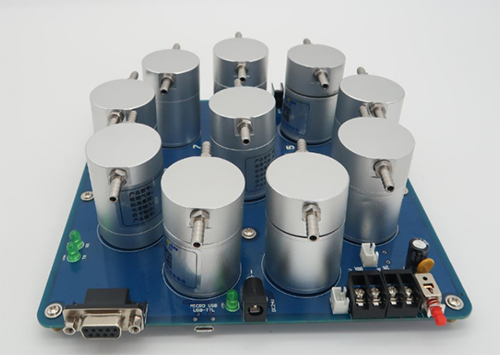
Gas Sensor Module vs Traditional Gas Sensor
What is a gas sensor module? What is the difference between it and a traditional gas sensor?
A gas sensor is a sensor device that detects the presence of a specific gas within a certain range or continuously measures the gas composition. Using gas sensors to monitor pollution in industrial and living environments is a very traditional and common monitoring method.
A gas sensor module is a sensor that has been redeveloped and has a signal output. It can also be simply understood as an “upgraded version of a gas sensor”. Sino-Inst will explain in detail what the difference is between a gas sensor module and a traditional sensor.
Gas sensor module
A gas sensor module is a sensor that has been redeveloped and has a signal output. It can directly output voltage signals such as 0.4-2V, 0-1.6V, 0-4V, and 0-5V. Serial port signals are also reserved.
It is the smallest and most powerful product on the market. Due to its excellent performance and reliability, it is widely used in scientific research, gas monitoring and other fields.
Traditional gas sensor
The traditional gas sensor is a converter that converts the volume fraction of a certain gas into a corresponding electrical signal. The function is relatively simple and cannot be used in some fields with high-precision algorithms.
Its pins are generally divided into 3 pins and 2 pins. The 3 pin is the most commonly used.
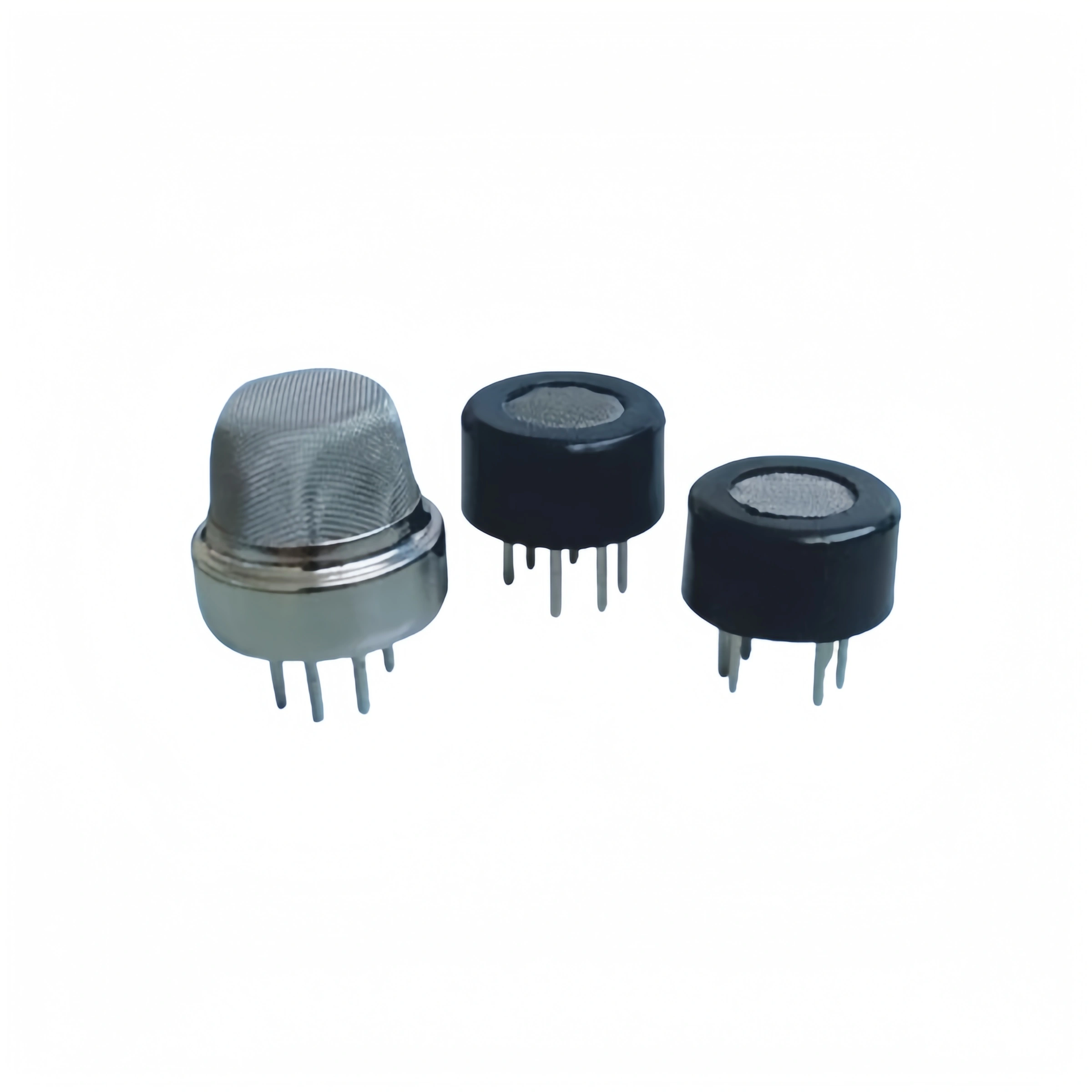
Sino-Inst’s 800 series gas sensor module is a standardized, modular, and intelligent gas detection product. It is mainly designed to solve the problems of a wide variety of gas detection, incompatibility of gas sensors of different brands, complex production calibration, and limited replacement of core components.
With our 800 series gas sensor module, you only need to connect once in the early stage to quickly respond to customers’ detection needs for different gases. With dual outputs of analog voltage and digital signals, customers can collect data directly by powering. It is ready to use, without secondary development or calibration with standard gas. It can greatly reduce the company’s R&D and time costs, and quickly improve the detection accuracy and stability to a first-class level.
If you need to customize a gas sensor module, please feel free to contact our sales engineer!


